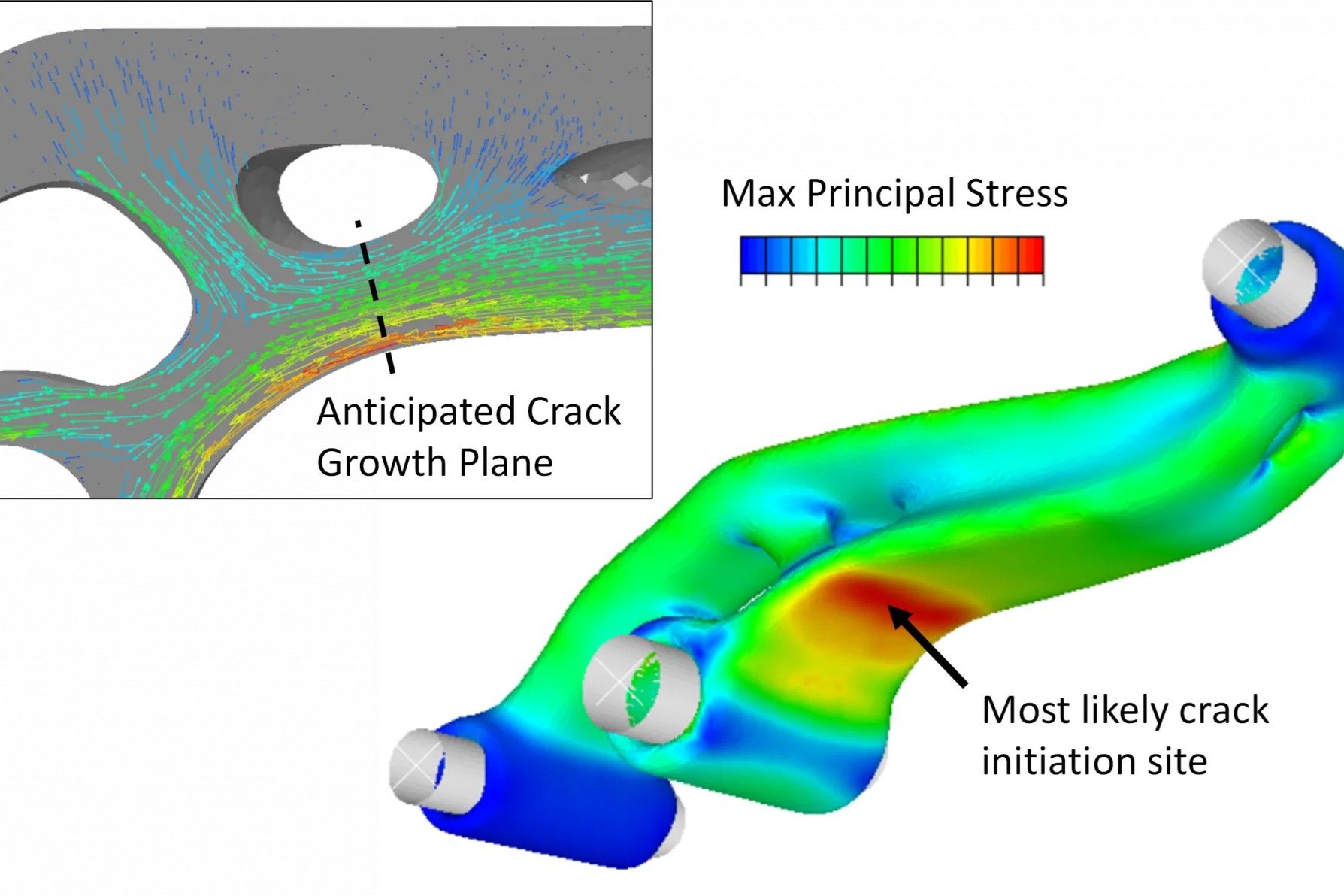
Fracture mechanics is a field that explores how materials break under stress. Understanding fracture mechanics is crucial for engineers, scientists, and anyone interested in material science. This discipline helps predict failure in structures, ensuring safety and reliability. Fracture mechanics combines principles from physics, materials science, and engineering to analyze crack formation and propagation. It plays a vital role in industries like aerospace, construction, and automotive, where material failure can have catastrophic consequences. By studying fracture mechanics, we can design stronger, more durable materials and structures. Ready to dive into 33 intriguing facts about this fascinating field? Let's get started!
What is Fracture Mechanics?
Fracture mechanics is a field of mechanics concerned with the study of the propagation of cracks in materials. It uses concepts from applied mechanics and materials science to predict the conditions under which materials fail due to crack growth.
- Fracture mechanics helps engineers design structures that can withstand cracks without catastrophic failure.
- The field emerged in the early 20th century, primarily due to the need to understand and prevent failures in ships and aircraft.
- It combines principles from both materials science and mechanical engineering.
- Fracture mechanics is crucial for ensuring the safety and reliability of critical structures like bridges, airplanes, and nuclear reactors.
Key Concepts in Fracture Mechanics
Understanding the fundamental concepts is essential for grasping how fracture mechanics works.
- Stress Intensity Factor (K): Measures the intensity of the stress field near the tip of a crack.
- Crack Tip Opening Displacement (CTOD): Describes the displacement at the crack tip, indicating how much the crack has opened.
- Energy Release Rate (G): Represents the rate at which energy is released as a crack propagates.
- Fracture Toughness (K_IC): A material property that describes its resistance to fracture in the presence of a crack.
Types of Fracture
Different types of fractures can occur depending on the material and loading conditions.
- Brittle Fracture: Occurs without significant plastic deformation, often suddenly and catastrophically.
- Ductile Fracture: Involves significant plastic deformation before failure, usually more predictable and less catastrophic.
- Fatigue Fracture: Results from cyclic loading, where cracks grow incrementally over time.
- Stress Corrosion Cracking: Occurs due to the combined effect of tensile stress and a corrosive environment.
Historical Milestones
The development of fracture mechanics has been marked by several key milestones.
- The concept of stress concentration around notches and cracks was first introduced by Inglis in 1913.
- Griffith's theory of brittle fracture, published in 1921, laid the foundation for modern fracture mechanics.
- During World War II, the Liberty ship failures highlighted the need for a better understanding of fracture mechanics.
- The introduction of the stress intensity factor by Irwin in the 1950s revolutionized the field.
Applications of Fracture Mechanics
Fracture mechanics has a wide range of applications across various industries.
- Aerospace: Ensures the structural integrity of aircraft and spacecraft.
- Civil Engineering: Used in the design and maintenance of bridges, dams, and buildings.
- Automotive: Helps in designing safer and more durable vehicles.
- Nuclear Engineering: Critical for the safety of nuclear reactors and containment structures.
Modern Techniques and Tools
Advancements in technology have led to new techniques and tools in fracture mechanics.
- Finite Element Analysis (FEA): A computational tool used to simulate crack growth and predict failure.
- Digital Image Correlation (DIC): A non-contact method for measuring deformation and strain near cracks.
- Acoustic Emission Testing: Detects the release of energy from a crack as it propagates.
- X-ray Computed Tomography (CT): Provides detailed images of internal cracks and defects.
Challenges and Future Directions
Despite its advancements, fracture mechanics still faces several challenges.
- Predicting crack growth in complex, heterogeneous materials remains difficult.
- Understanding the effects of extreme environments, such as high temperatures and radiation, on crack growth is an ongoing challenge.
- Developing more accurate and efficient computational models is a key area of research.
- Integrating fracture mechanics with other fields, such as nanotechnology and biomaterials, holds promise for future innovations.
Interesting Facts
Here are some intriguing facts about fracture mechanics that might surprise you.
- The term "fracture mechanics" was first coined by George R. Irwin in the 1950s.
- Fracture mechanics principles are used in forensic engineering to determine the cause of structural failures.
- The study of fracture mechanics has led to the development of new materials with improved fracture resistance.
- Some natural materials, like bone and nacre, exhibit remarkable fracture toughness due to their unique microstructures.
- Fracture mechanics is not only applicable to solids but also to ice, ceramics, and even biological tissues.
Final Thoughts on Fracture Mechanics
Fracture mechanics is a fascinating field that impacts many aspects of our daily lives. From ensuring the safety of bridges and buildings to improving the durability of everyday items like smartphones and cars, understanding how materials break is crucial. Engineers and scientists use this knowledge to design stronger, more reliable products.
By studying crack propagation, stress intensity factors, and material toughness, experts can predict failures before they happen. This proactive approach saves lives, reduces costs, and drives innovation. Whether you're a student, professional, or just curious, knowing these facts can give you a deeper appreciation for the invisible forces at play in the world around us.
So next time you see a skyscraper or use a piece of tech, remember the science behind its strength. Fracture mechanics isn't just about breaking things; it's about building a safer, more resilient future.
Was this page helpful?
Our commitment to delivering trustworthy and engaging content is at the heart of what we do. Each fact on our site is contributed by real users like you, bringing a wealth of diverse insights and information. To ensure the highest standards of accuracy and reliability, our dedicated editors meticulously review each submission. This process guarantees that the facts we share are not only fascinating but also credible. Trust in our commitment to quality and authenticity as you explore and learn with us.
